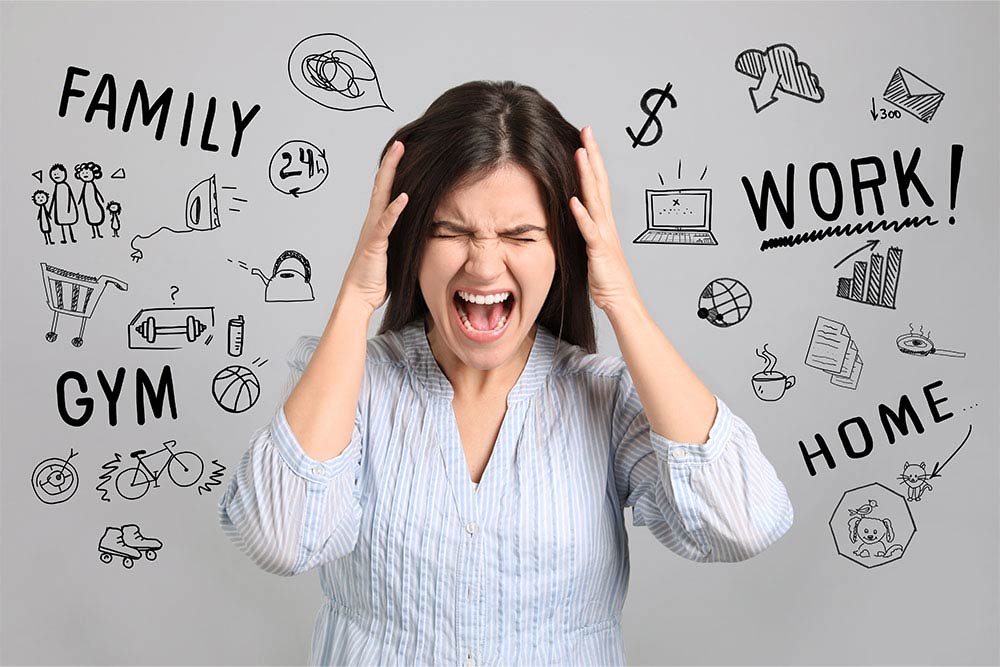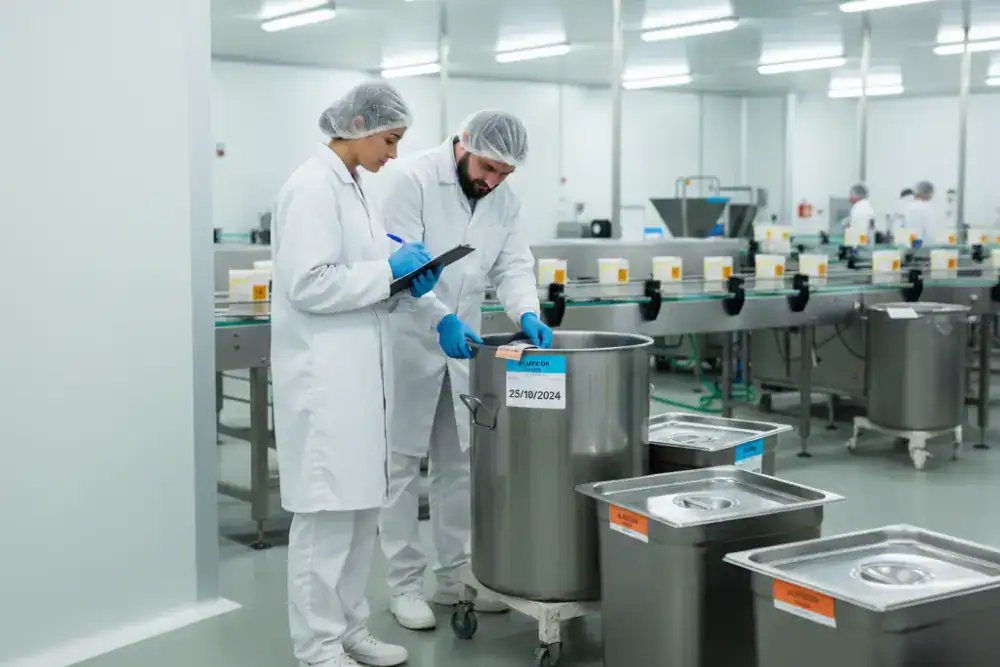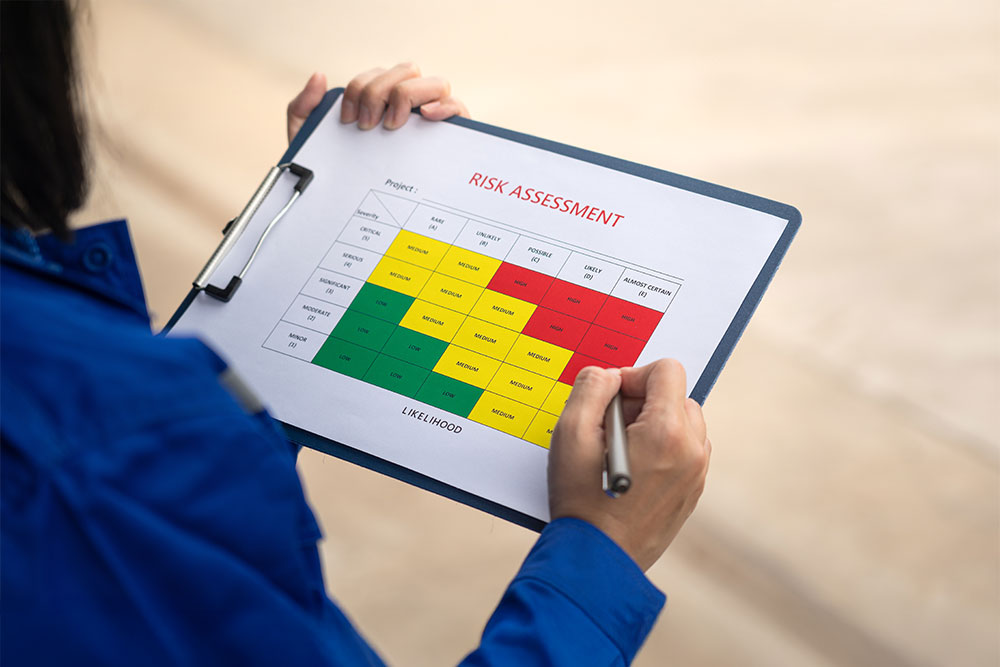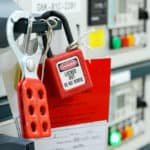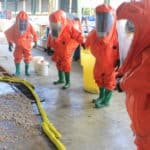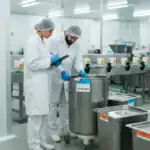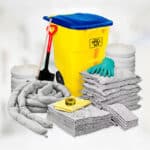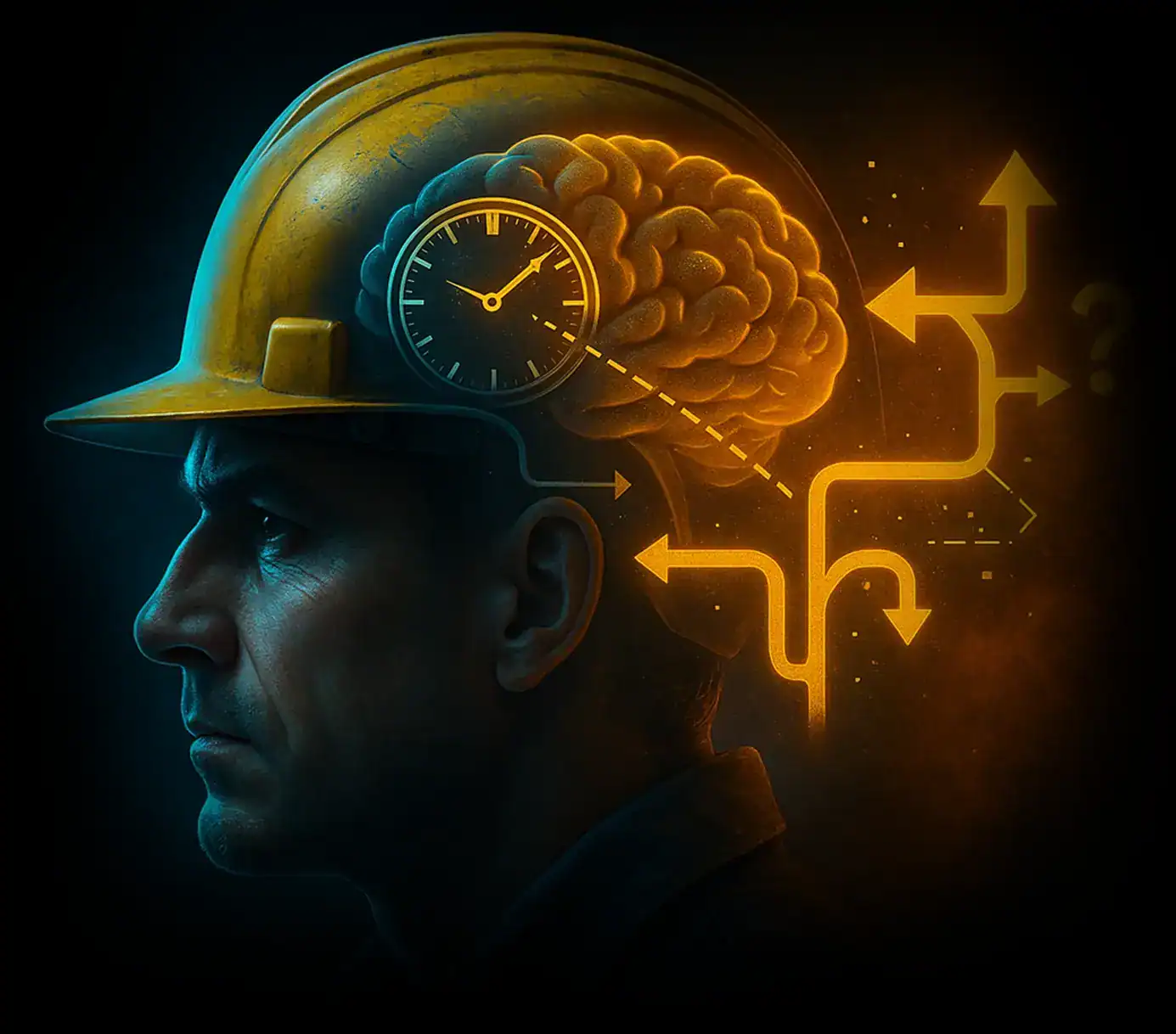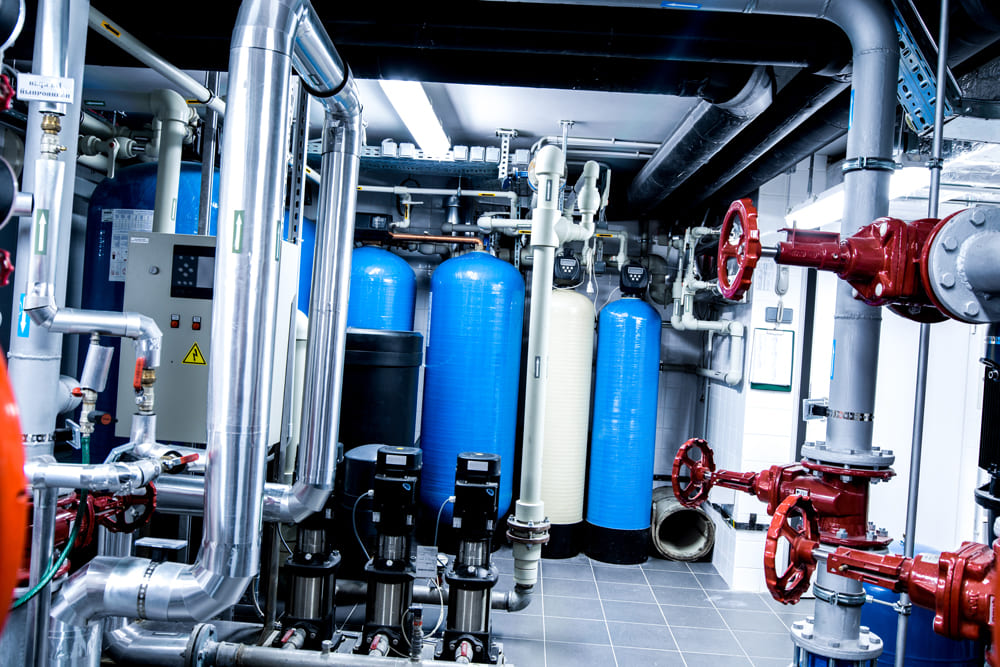
What is a pressure system? It’s a set of connected parts that hold a gas or liquid under pressure.
This description applies to a surprisingly wide range of common equipment – from boilers and compressed air tanks to refrigeration units and pressure washers.
Knowing what a pressure system is matters because they’re regulated in the UK. Employers and operators who use pressure systems at work must comply with the Pressure System Safety Regulations 2000 (PSSR).
If you’re not sure whether equipment in your workplace is covered by PSSR , this blog will help. It explains what pressure systems are and highlights the most and least obvious examples. It also introduces the basic requirements of PSSR.
Key Takeaways: What Is a Pressure System?
- A pressure system is any equipment that contains fluids (gases or liquids) under pressure.
- They typically include three core components: a pressure vessel, a pressure source and pipework and fittings.
- Common examples include air compressors, boilers, and refrigeration systems – but smaller or integrated systems like espresso machines and pressure washers also count.
- Pressure systems that contain hot water above 110°C, steam at any pressure, or compressed gases and vapours above 0.5 bar are covered by the Pressure Systems Safety Regulations 2000.
What Is a Pressure System?
A pressure system is any equipment that stores or moves fluids (gases or liquids) under pressure.
Most are made up of three main parts:
- A pressure vessel – the container that holds the pressurised gas or liquid
- A pressure source – like a compressor, pump or gas cylinder that generates or supplies pressure
- Pipework and fittings – such as valves, joints or flexible hoses
These components aren’t always visible. In many cases, they’re built into the equipment and hidden behind panels or covers. But if the system stores or uses pressure to operate, these parts will be present.
Pressure represents stored energy, so even small systems can be hazardous. If something goes wrong, such as a crack, leak or equipment failure, that energy can be released very quickly. That’s why it’s important to understand what pressure systems are and where they might be found in your workplace.
Health and Safety Courses
Our health and safety courses support legal compliance and effective risk management. They raise awareness of common workplace hazards and teach the fundamentals of safe working.
Common Examples
Common examples of workplace pressure systems include:
- Compressed air systems – such as compressors, airlines and pneumatic tools
- Steam boilers – often used in manufacturing or heating applications
- Refrigeration and air conditioning systems – including chillers and walk-in freezers
- Autoclaves – used in medical, laboratory or industrial cleaning processes
- Gas storage cylinders – such as those used for welding, cooking or forklift fuel
All of these examples can present serious risks if not properly maintained or operated.

Less Obvious Pressure Systems
Some pressure systems are easy to recognise because they’re large, industrial and have visible components. But many examples are compact, quiet, or built into everyday workplace equipment.
Some less obvious examples include:
- Pressure washers – even portable, domestic-style models that use a pump to generate high pressure count
- Espresso machines – these often contain pressurised boilers to create steam for frothing milk
- Dental chairs – these use pneumatic systems to adjust position or power attachments
- Fire suppression systems – including systems that store inert gases under pressure
- Spray booths or paint systems – may use compressed air or gas to atomise paint
- Small air receivers – even if they’re used intermittently or in mobile setups
Because these systems are often built into equipment or used without specialist training, they’re easily overlooked. But the presence of pressurised components means they must be treated with the same caution as more obvious systems.
If a component fails, the sudden release of pressure can still cause injury, equipment damage, or even fire and explosion.

Why Do You Need to Know What a Pressure System Is?
Many pressure systems used for work are regulated in the UK, including those that might not seem hazardous at first glance.
Under the Pressure Systems Safety Regulations 2000 (PSSR), you must ensure that pressure systems are safely installed, operated and maintained.
Applying the regulations in practice starts with knowing which systems are covered and what your responsibilities are.
When Is a Pressure System Regulated?
Not every pressure system in the workplace is covered by PSSR, but many are, including smaller or less obvious ones.
There are two deciding factors: the system’s components and the fluid under pressure.
Regulated systems include the three parts already mentioned:
- A pressure vessel
- Pipework and fittings
- A pressure source, such as a compressor or gas cylinder
They must also contain a relevant fluid:
- Steam (at any pressure)
- Compressed or liquefied gas (including air) at 0.5 bar above atmospheric pressure
- Pressurised hot water above 110°C
- A gas dissolved under pressure in a solvent (such as acetylene)
This covers a wide range of workplace equipment, from high-pressure systems to mobile air compressors.
If you’re unsure whether a system in your workplace is regulated, it’s safest to assume it is and speak to an expert for confirmation.
Who Is Responsible for Compliance?
Compliance with PSSR is typically shared across three main parties:
- Installers – those who design, build or install the system
- Users – typically employers who own or operate the system as part of their business
- Operators – the people who use the equipment day to day
The most significant responsibilities usually fall on the user, which PSSR defines as the person or organisation in control of the system. In practice, this is often:
- A business owner or manager
- A landlord or facilities manager
- A contractor or self-employed person
- A plant hire company supplying equipment to others
If you fall into one of these categories, you’re a duty holder under PSSR and must make sure the system is:
- Installed and used safely
- Covered by a written scheme of examination (WSE)
- Inspected by a competent person according to the WSE
- Maintained in a safe condition
- Supported by accurate records and documentation
The operator – the person actually using the system – must follow safe working procedures but is not usually accountable for regulatory compliance.
Still Not Sure What Is a Pressure System?
If you’re unsure whether equipment in your workplace counts as a pressure system, it’s best to consult a competent person.
A competent person is someone with necessary training, knowledge, experience and authority to carry out safety-related duties involving pressure systems.
This person could be a specialist engineer or a safety consultant. They can help you confirm whether the equipment is regulated and what’s needed for compliance.
The Role of Training
If this blog has helped you recognise regulated equipment in your workplace, the next step is ensuring it’s operated safely and in line with PSSR 2000.
Our online Pressure Systems Safety Training course is designed for those who operate or work around pressure systems. It helps them recognise risks and follow safe working practices.
Trainees learn how to:
- Recognise risk factors that contribute to system failure
- Apply essential control measures to prevent harm
- Respond appropriately if equipment appears unsafe or faulty
Providing this training supports compliance with PSSR and helps ensure the pressure systems in your workplace are safe.
